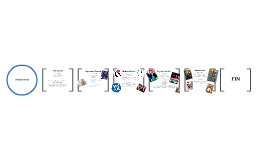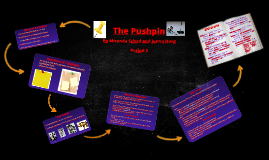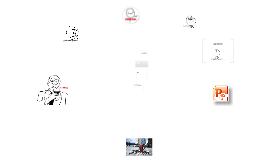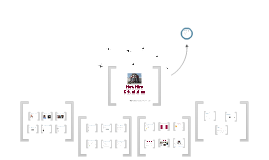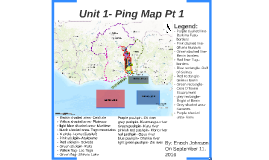The Pushpin
Transcript: Bellis, Mary. "Pushpin." About.com Inventors. About.com, 19 Jul 2012. Web. 31 Dec 2013. Brain, Marchall, and Robert Lamb. "How Iron and Steel Work." How Stuff Works. HowStuffWorks, Inc. Web. 26 Dec 2013. Duncan, Richard. Elements of Faith: Hydrogen to Tin, Faith Facts and Learning Lessons from the Periodic Table. New Leaf Publishing Group, 2008. Web. Kaufmann, Sebastian. "Push-Pin." Kaufmann and Mercantile. Kaufmann Mercantile, 30 Nov 2009. Web. 22 Dec 2013. Iron and Carbon is what “makes up” steel. (typically 98% iron and 2% carbon) Iron: Although iron comes from many countries around the world, China mines approximately 520,000,000 metric tons of iron ore annually. The first iron used by mankind likely came from meteorites There is evidence that Mesopotamians smelted iron around 5000 BC Carbon: It is a component of rocks as carbonates of calcium (limestone), magnesium and iron. carbon is a naturally occurring element that is found in the form of soot, charcoal, graphite, and diamonds French scientist Antoine Lavoisier named carbon around 1772 and began performing experiments to find the origin tin "plastic." Encyclopaedia Britannica. Encyclopaedia Britannica Online Academic Edition. Encyclopædia Britannica Inc., 2014. Web. 01 Jan. 2014. "Properties of Steel." efunda. efunda, n.d. Web. 14 Dec 2013. Stewart, Doug. "Iron Element Facts." Chemicool. Chemicool.com, 06 Oct 2012. Web. 26 Dec 2013. Wondris, E. "Steel (metallurgy)." Encyclopædia Britannica. Encyclopædia Britannica, 30 Jul 2013. Major Materials Why These Materials? 25 Decorative Nail Tack Flat Head Push Pins Fabric Cover Button 16x12 mm. 2013. Photograph. Ebay. Web, 26 Dec 2013. Brass Elephant Statue, Moradabad. 2012. Photograph. Wikipedia. Web, 26 Dec 2013. Iron. 2010. Photograph. Wikipedia. Web, 26 Dec 2013. Open Blank Book PSD. 2009. Photograph. Wikipedia. Web, 26 Dec 2013. PSD Pushpin Icons. 2010. Photograph. PSDGraphics. Web, 26 Dec 2013. Recycled paper sticky note with push pin and mini yellow sticky. n.d. Photograph. Dreamstime. Web, 26 Dec 2013. iron Head: usually plastic, used to be made with glass Needle: versatile metals such as brass, tin, iron, steel, and aluminum Origin of Steel Steel: because of its versatility, its low cost to make form and processes, and its ability to be manufactured in a number of ways. Plastic: because of its ability to be easily shaped and molded. Plastic is also durable and can last for a long period of time. Aluminum: is one of the most abundant metals found in the Earths crust. It is cheap, easy to obtain and flexible. Include accurate and complete reasons (or really good inferences if you can not find a reason based on your research) Period 3 pushpin was invented by Edwin Moore in 1900 first pushpin was made in Wyndmoor, Pennsylvania original pushpin had a glass head and a steel needle designed to be "a pin with a handle" flat-headed pushpins were invented by Johann Kirsten in 1904 Steel: alloy of Iron (98%) and Carbon(2%) (with some traces of less notable metals) density: 7.85 kg/m. Plastic: Plastic has a low density, weight and conductibility. Plastic is strong and can be made transparent. By Miranda Schad and Jenna Hunt History of the Pushpin How is Steel Made? Images hanging or displaying pictures, documents, and other lightweight items decorative purposes The Pushpin Steel. 2013. Photograph. Official PSDs. Web, 26 Dec 2013. Tin. 2013. Photograph. Wikipedia Web, 26 Dec 2013. Yellow sticky note and red push pin isolated on white background-Stock Photo. 2012. Photograph. Depositphotos. Web, 26 Dec 2013 Bibliography Carbon and graphite are used to line the furnaces Steel is made by heating iron to 1,600 degrees Fahrenheit to remove the impurities such as silica, phosphorous and sulfur. Oxygen is blown into the furnace and alloying elements such as carbon and limestone are added Physical Properties Functions of a Pushpin brass steel






